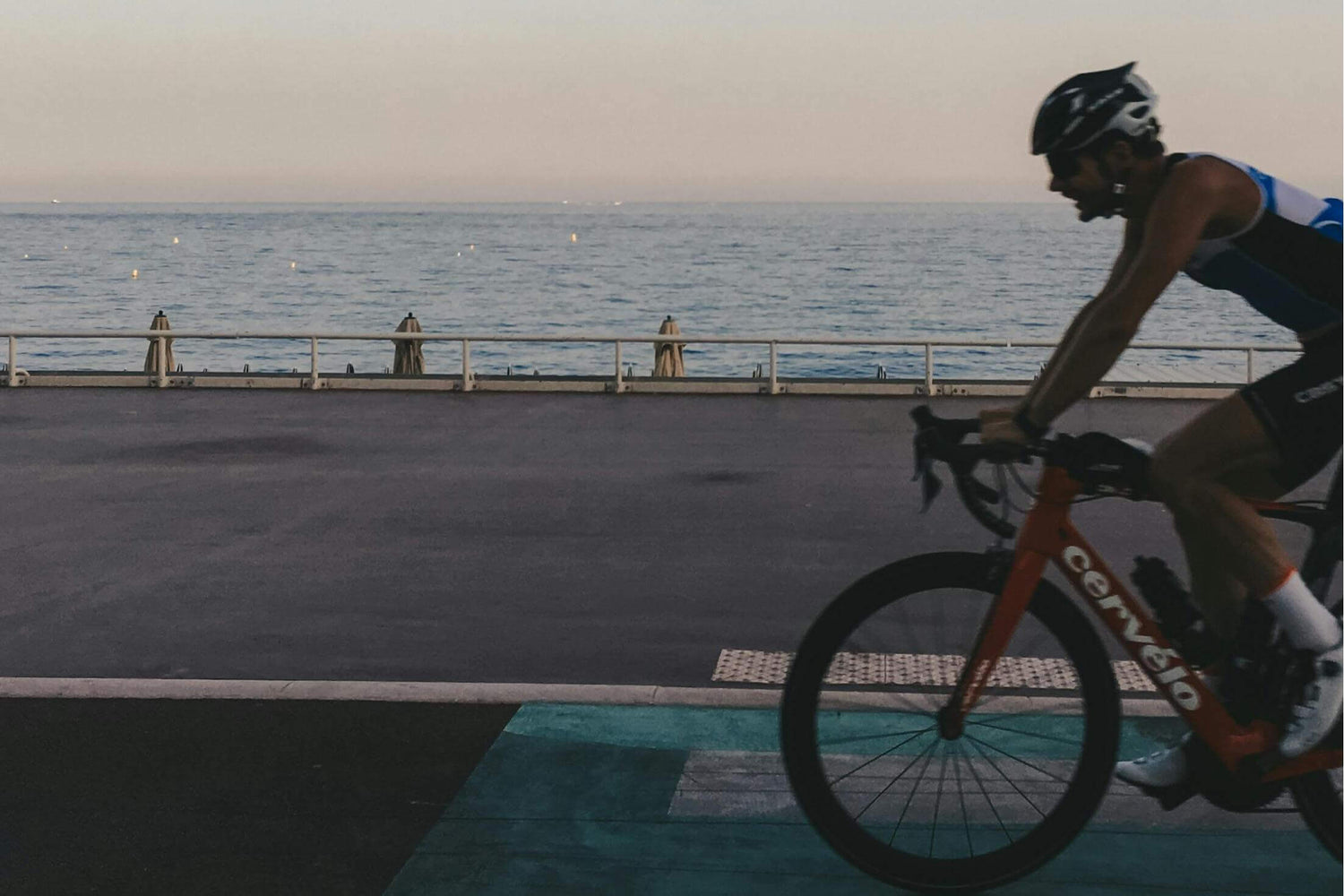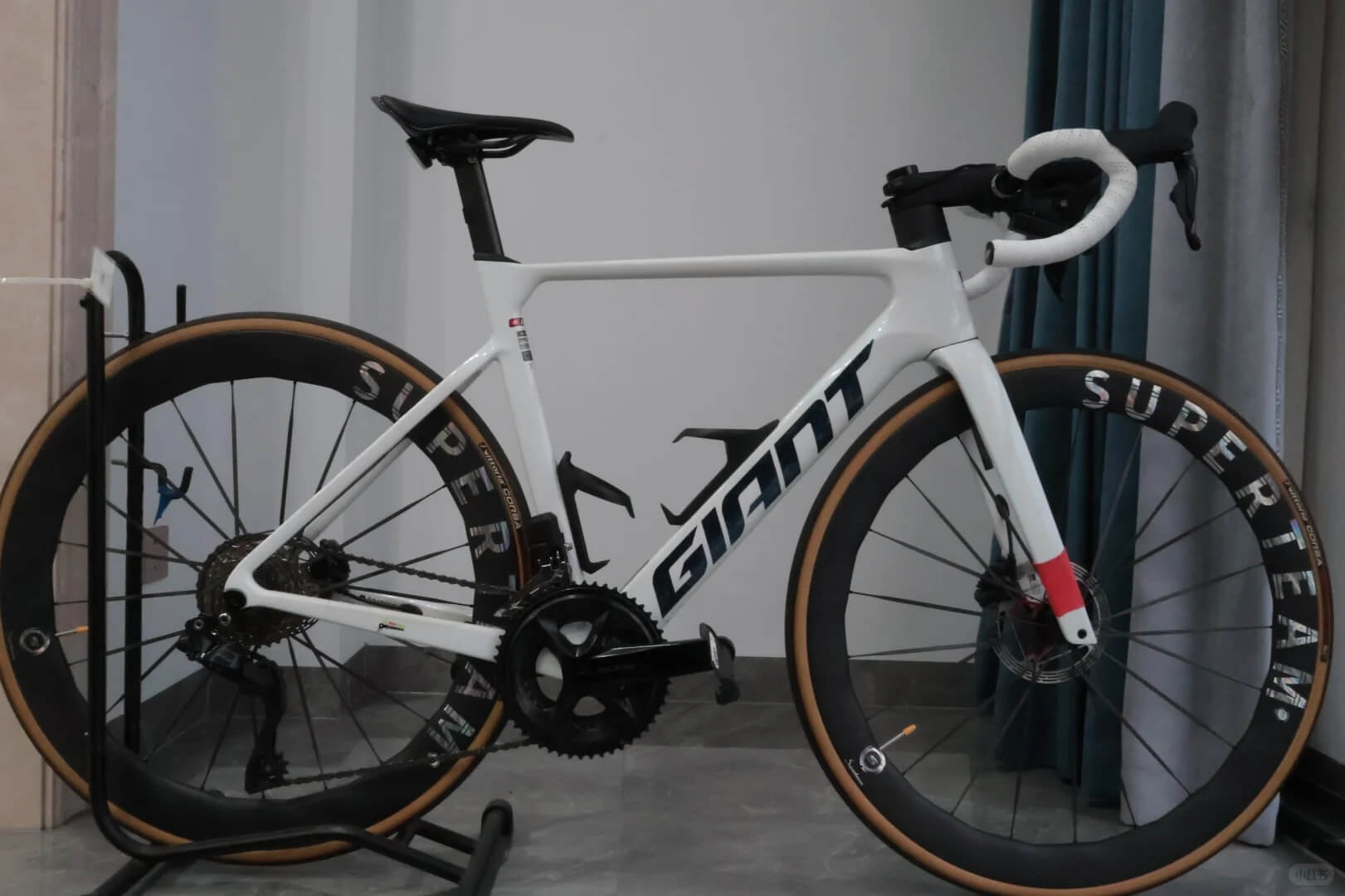For road cycling enthusiasts, long-distance rides are not just a test of endurance but also a challenge in pacing and fueling strategies. Many cyclists feel great in the first half of a long ride but suddenly hit the wall in the second half. This often happens not because of insufficient physical strength, but due to poor pacing and fueling.
This article will help you master the principles of energy distribution, scientific fueling habits, and pacing management skills, so you can confidently handle every long-distance challenge.
I. Pacing Management: Steady Start, Controlled Middle, Push at the End
 1. Start Control: Avoid Going Out Too Fast
1. Start Control: Avoid Going Out Too Fast
In long-distance cycling, especially routes over 100 kilometers, the worst mistake is starting aggressively at race pace. At the start, your body hasn’t fully warmed up. If you ride too fast too early, your heart rate will rise quickly, and you’ll rapidly burn through your glycogen stores.
Suggestions:
Stay in Zone 1–Zone 2 (low intensity) for the first 30 minutes to gradually warm up.
Avoid chasing early speed.
2. Mid-Ride Cruising: Stable Output
Once your body has adjusted, enter cruising pace. It’s recommended to maintain Zone 2 to Zone 3 (aerobic to tempo zone), which is the core of long-distance cycling.
Maintain:
A steady heart rate, avoiding unnecessary short bursts.
Adjust cadence and hand positions regularly every hour to prevent localized fatigue from sustained loading.
3. Final Push: Increase Speed Appropriately
If your pacing and fueling are well managed, and you still have energy in the final stretch, you can moderately increase your speed and maintain intensity above Zone 3 to finish strong.
Summary Pacing Tip:
“Start steady – cruise consistently, push appropriately at the end based on your condition.”
II. Scientific Fueling Rhythm: Don’t Wait Until You’re Hungry or Thirsty
 Timely fueling during long-distance rides is more important than you might think.
Timely fueling during long-distance rides is more important than you might think.
1. Carbohydrate Intake: Every 30–45 Minutes
Suggestions:
Consume approximately 60–90g of carbohydrates per hour (adjust based on individual tolerance).
Choose energy gels, bananas, energy bars, or sugary sports drinks.
Common Misconception:
Don’t wait until you feel hungry or depleted to start eating—by that time, your body has already entered a “hard to recover” state.
2. Hydration: Small Sips Every 15–20 Minutes
Suggestions:
Replenish about 500–700ml of water per hour, increasing intake in hot weather.
It’s recommended to drink electrolyte sports drinks to prevent hyponatremia.
Common Misconception:
Don’t drink only when you feel thirsty—thirst is already a sign of mild dehydration.
3. Electrolyte Supplementation
Long-distance cycling can cause significant sodium and potassium loss.
Suggestions:
Prepare electrolyte tablets or sports drinks.
For heavy sweaters, you may need to increase the frequency of electrolyte intake.
III. Practical Energy Distribution Tips
 1. Plan Your Route and Fueling Stops in Advance
1. Plan Your Route and Fueling Stops in Advance
Familiarize yourself with the terrain, especially climbs and water stops.
Plan fueling times to avoid long stretches without supplies.
2. Be Aware of Wind Resistance and Drafting Strategies
Slightly increase your pace with tailwinds; stay low and aerodynamic in headwinds.
Draft efficiently in a group to conserve energy—avoid long solo efforts into the wind.
3. Manage Your Mental Expectations
Break long rides into smaller goals (every 20 km or at each fueling point) to make the ride feel more manageable and achievable.
When experiencing dips in energy, adjust your breathing, reduce your pace, and recover slowly.
IV. Conclusion: The Key Is Steady, Precise, and Consistent
Whether your long-distance ride goes smoothly depends on your ability to manage pacing and fuel scientifically.
Remember:
Don’t go hard early, maintain a steady rhythm in the middle, and increase your speed at the end based on your condition.
Consume carbohydrates every 30–45 minutes and hydrate every 15–20 minutes.
Distribute your energy wisely and proactively manage your mental expectations.
By mastering these pacing and fueling techniques, you can also enjoy a more efficient and comfortable long-distance cycling experience.




Laisser un commentaire
Tous les commentaires sont modérés avant d'être publiés.
Ce site est protégé par hCaptcha, et la Politique de confidentialité et les Conditions de service de hCaptcha s’appliquent.